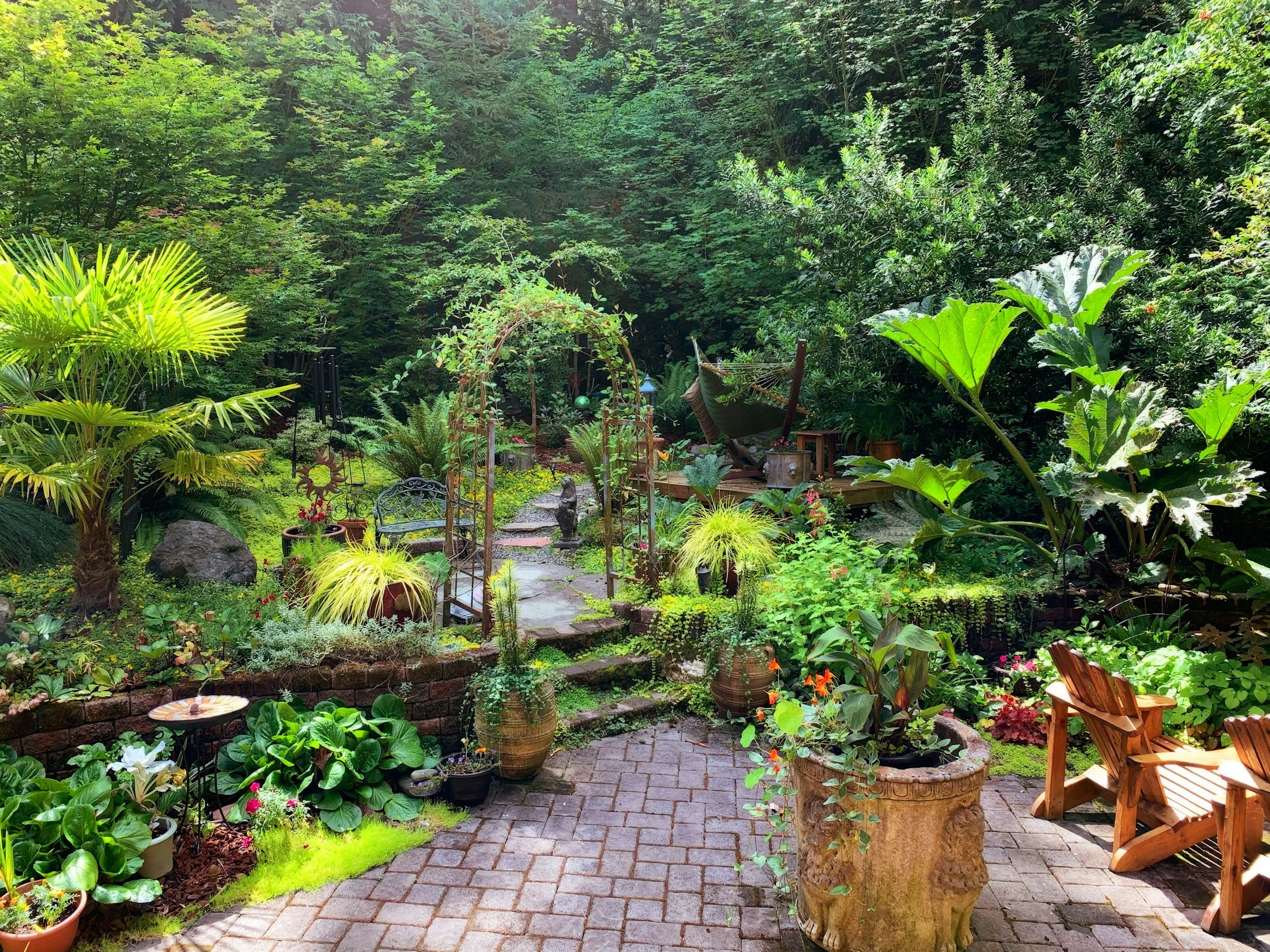Creating Your Dream Outdoor Living Space
Key Takeaways
Understanding the essentials of planning and designing your outdoor area.
Incorporating sustainable and budget-friendly elements.
Practical tips to maximize your outdoor space for leisure and entertainment.
Introduction to Outdoor Living Spaces
In today's fast-paced world, having a serene outdoor space is invaluable. Crafting an outdoor living area is more than aesthetics; it's about creating a sanctuary that reflects your style and meets your lifestyle needs. Collaborating with a professional landscaper can bring your vision to life by blending functionality with aesthetic appeal, ensuring that your outdoor area beautifies your home and enhances your living experience.
Whether you envision hosting vibrant alfresco dinner parties or yearn for a peaceful spot to immerse yourself in a book, transforming your outdoor space can seamlessly extend your indoor living area. This guide will explore the essential elements and practical tips to create an inviting outdoor space tailored to your preferences.
Planning Your Perfect Outdoor Space
The cornerstone of any successful outdoor project is comprehensive and thoughtful planning. Begin by determining the primary purpose of your space. Are you designing it for entertainment, relaxation, gardening, or a combination? Each of these purposes dictates different layouts, furniture, and features. Once you've settled on its function, consider how paths, seating, and plant layouts will work together to create a cohesive environment. Your budget will guide these choices, influencing everything from the project's scope to the materials selected.
Make sure to thoroughly assess the natural conditions in your yard, like sunlight exposure, wind patterns, and soil quality. These factors impact plant selection and furniture placement. Careful consideration at this stage can save time and resources, ensuring your outdoor area becomes valuable to your home life.
Design Tips for Maximum Impact
Once the planning phase is complete, it's time to focus on integrating elements that will give the space its signature style. Adding standout features such as a rock garden or tranquil water can elevate your outdoor space from ordinary to extraordinary. These elements draw the eye and create natural relaxation points within the space. Lighting also plays a pivotal role, sculpting mood and extending usability into the evening hours. From ambient string lights to solar-powered path illuminations, the right lighting design will accentuate the beauty of your outdoor area and maximize its functionality.
Additionally, consider the pathways connecting different zones of your outdoor space. Clean, inviting paths can encourage exploration and connectivity between different areas, making your yard feel much larger and more cohesive. Thoughtful design can also enhance privacy, with strategic planting serving as natural screens or creating hidden nooks for relaxation.
Incorporating Sustainable Practices
Incorporating sustainability into your landscape benefits the planet and can enhance your space's beauty and functionality. One effective strategy is choosing native plants that are already adapted to the local climate, helping reduce water usage and maintenance efforts. Native flora supports local pollinators and can create a vibrant, ever-changing tapestry of colors and textures in your garden throughout the seasons. Employ green infrastructure techniques, practices like rain gardens and permeable paving, which help manage stormwater naturally and keep your outdoor living space eco-friendly.
Green infrastructure helps control runoff and can mitigate flooding risks in urban and suburban settings. Composting kitchen scraps and lawn clippings can enrich your soil organically, reducing the need for chemical fertilizers and enhancing plant growth. These sustainable practices represent savvy environmental choices and investments in long-term durability and cost savings for your outdoor space.
Native Plants
Embracing native flora is an environmentally conscious choice that offers numerous benefits. Plants indigenous to your area are typically more resistant to pests and diseases, reducing the need for chemical fertilizers or pest control. They acclimate easily to local soil and weather conditions, offering resilient beauty with less effort. Native plants also support local ecosystems, attracting beneficial pollinators such as bees, butterflies, and birds—creating a lively, biodiverse garden.
Practical Tips for a Budget-Friendly Makeover
Improving your outdoor space doesn't necessitate a hefty budget. Begin by targeting DIY projects like constructing garden furniture or creating plant beds, which can save money and offer a personal touch. Consider purchasing materials locally, where you can often negotiate discounts or avoid shipping costs. Embrace thrift by repurposing old outdoor furniture or materials to create new elements, such as benches from old pallets or planters from reclaimed wood, offering unique flair and sustainability.
When planting, opt for perennials over annuals to ensure longevity, and seek out plant sales at local nurseries for budget options that don’t compromise quality. Small investments in drought-resistant plants or ground cover can later reduce water and upkeep costs, yielding savings over time while contributing to a lush, green space.
Transforming your outdoor space into a dream living area is a rewarding process that increases your property value and quality of life. Thoughtful planning, sustainable choices, and budget-minded creativity can lead to a vibrant outdoor haven that meets your practical needs while providing a personal escape for relaxation and entertainment. These efforts beautify your surroundings and create lasting memories with family and friends, making your outdoor space a cherished part of your home.
